A single work of art is at its best when it bends all towards the expression of a single idea. In any form (a song, a painting, a sculpture, a screenplay…), this uniformity of concept is key. The idea might be simple, something like: “that spaceship is MASSIVE.” If you have that thought, the artist has succeeded to a wild degree; it’s actually pretty tough to get everything working together just so to induce the exact thoughts (and generally associated feelings) you want in your viewer. For some artists, the idea might be as simple as a mood. In storytelling forms the ideas are often slightly larger, something like: “true love will find you if you believe in it,” or, “crime pays if you’ve got the guts.”
Music is a form I love to think of analogously to painting; I find the exercise fascinating. Musical notes combine across time the way that lines and colors combine in space, producing remarkably uniform emotional effects among audiences. There are universal principles at work here. Further, musical playing instructions like abafando and bravura seem just as readily applicable to art as to music. And what is a crescendo if not a focal point?
The best paintings make me hear something right away. Put your ear to the paintings you love and you’ll be surprised by how readily they play for you. Let’s listen to a few together:
HYRULE FIELD MAIN THEME | LEGEND OF ZELDA: A LINK TO THE PAST
I hear that tight, upbeat snare drum and get those youthful vibes from Legend of Zelda instantly when I look at this. The almost rinky-dink aspect these two have is accented by the loose yet structural style, both of which set off the girl’s firm, determined expression. This is going to be fun, but that’s not going to stop her from being a badass about it.
Imagine how much different this piece would “sound” if these two were rendered in a photo-real way. Picture them in your head and listen to the tune change. Can you hear it? Now in just black and white. Now with super-tight linework. Every combination of elements gives you a new tune. What could it be like if you listened to your own paintings as they were taking shape?
E.S. POSTHUMUS | EBLA
That opening section of the song is particularly dead on to the painting. Richard lets us bask in the backlit badassery of this – the spectacle! These dudes have a serious presence: a dull, dominant roar that spirals and builds the longer you look.
Now let’s try the same thing as before. Imagine you can see all their faces and the details of their bodies picked out with a perfect, cool fill light. How do they sound? They lose a little something, right? At the very least they become a new sound. For better or for worse? That depends on how much we change, but remember that the best pieces bend everything toward one idea (what we’re calling sound). The piece, as it stands, is striking in its adherence to that principle.
GODSPEED YOU! BLACK EMPEROR | STORM
There’s a really slow, beautiful build throughout this song that makes the first crescendo around 3:10 feel transcendently beautiful, despite (and perhaps even because of) the discordant sounds that ride underneath and are peppered throughout the track, often consuming it entirely.
Phil Hale shows us the grace of motion and lets us feel sublime inside a moment that is factually horrific. He shows us the beauty in the world, and the certainty for each of us that it will end. I find the contrast entrancing, haunting, and wonderful.
Now make the grass bright green and sunlit in your mind. Yikes; that haunting sound vanishes. Again, all must be in concert.
TAME IMPALA | ‘CAUSE I’M A MAN
C’mon this is just too funny. I put this one in here because I think it’s important to note that every song doesn’t have to be a soaring manifesto; some tunes deal with the simpler truths of our humanity – and we need that type of art too!
Of course, every form has something it can do that the other forms just can’t, and these effects are to be treasured. In painting, I have long adored the power of master painters to make me feel a hush, a sense of quiet. By channeling silence, Moebius makes this moment stretch out and feel completely timeless, like it’s always been going on and always will be. We’re invited to stop and stare, to feel the cool night air, to sense wonder and strangeness. The dominant vertical and horizontal lines instill in us a deep sense of calm.*
Everything plays in unison.
*While we can instinctively hear or identify the sounds that lines, colors, and values make as they interact, trying to create specific sounds from scratch can seem quite a bit more arcane. It’s not. Molly Bang wrote and illustrated a powerful primer on how to identify and control these concepts titled Picture This: How Pictures Work. For those who want not only to hear the music, but to play it, I can recommend no book more highly.



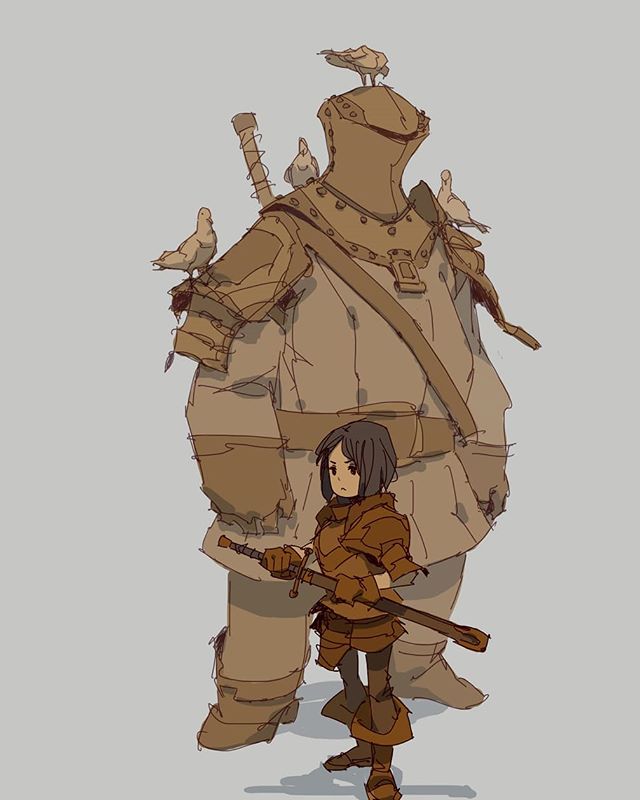
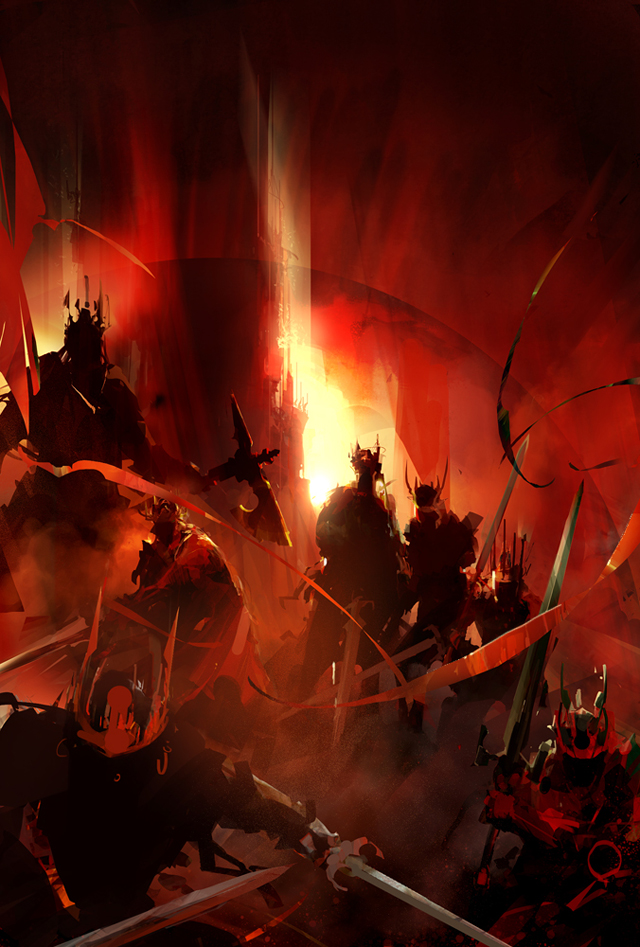
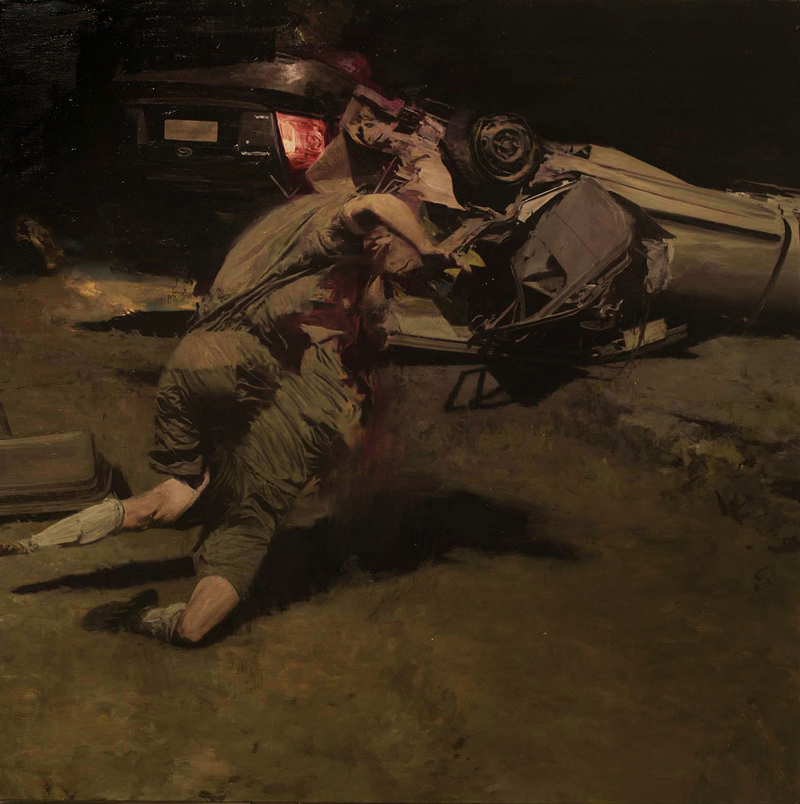

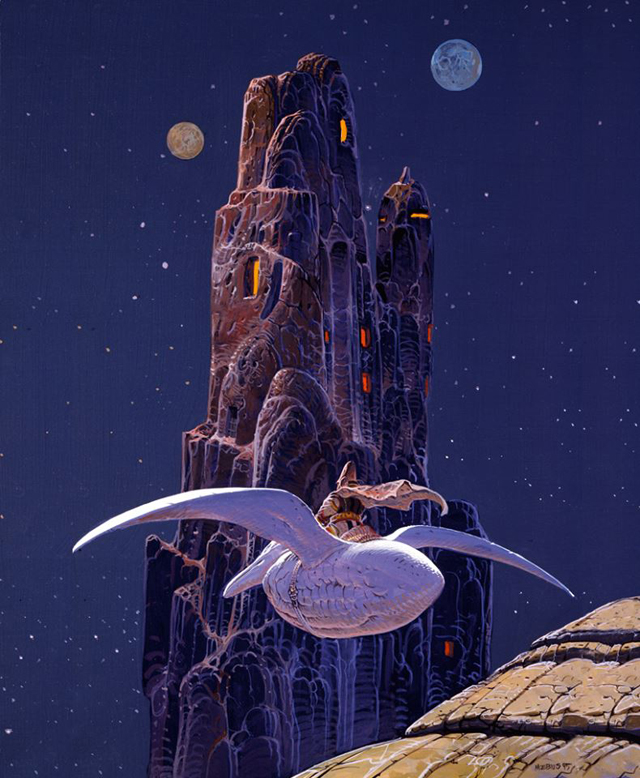
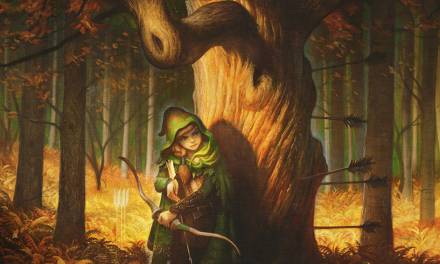
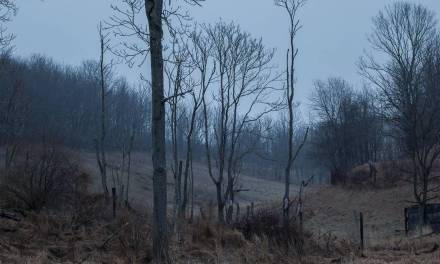


The first paragraph describes an illustration, not a work of art, independent of sensory route(s). An illustration could be a work of art, but isn’t necessarily so.
Really enjoy the music samples you provided! Thanks for those.
I understand Kendall’s point, but I also understand why you disagree. Kendall seems to be espousing a concept I’ve described as “ART3” (e.g., ARTs Elevation or “art • Art • ART”). Very loosely, those terms delimit (popularly) perceived qualities (banal • Exceptional • TRANSCENDENT), or aptitudes (amateur • Professional • MASTER). Essentially, the (common) conceit that while a creative effort might be artwork, it is not necessarily a “WORK OF ART”. Soooo… semantics.
The issue with Kendall’s statement is semantic. Illustration, by definition, is artwork, or a work of art. Is it transcendental though? Paradigm-shifting? Soul-stirring? That’s all dependent upon the individual piece, the viewer, and the zeitgeist.
Thanks Thomas!
Thoroughly agree. Art is so broad and useless a word; I will make a mental note not to include it as often as possible from now on 😉 When I describe art I tend to mean “successful art,” but of course – as you mention – the final judge of such things is each individual viewer.
My confusion mostly stems from the statement by Kendall that P1 describes an illustration, when I never use that word. This would seem to imply that Kendall believes only illustrations need to rally all to their case, while other forms of art are allowed to meander without being seen as lesser, which I *think* I disagree with. An artist should definitely have something to say. Of course, I am still quite willing to entertain examples from K (or anyone) because being proven wrong is the best way to learn 🙂